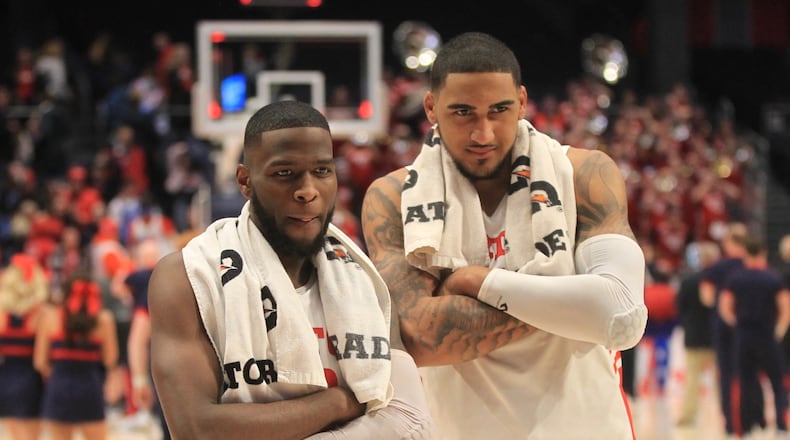Board of Governors moves toward allowing student-athlete compensation for endorsements and promotions: https://t.co/rzWzPt8KlI pic.twitter.com/bH9VoczjMr
— NCAA (@NCAA) April 29, 2020
The Board of Governors voted in October to allow athletes to profit off their name, image and likeness. The latest announcement includes recommendations for how that will work and a timeline for implementation.
Here’s specifically what the NCAA recommended:
• “Compensation for third-party endorsements related to athletics, without school or conference involvement.”
• “Compensation for other student-athlete opportunities, such as social media, new businesses, and personal appearances, without institutional involvement or the use of trademarks/logos.”
» RELATED: Gene Smith on California athlete compensation bill
The Board of Governors also established guardrails to go along with the new rules:
• “Any compensation received by student-athletes for NIL activities represents a genuine payment for use of their NIL, and is not simply a disguised form of pay for athletics participation.”
• “Schools and conferences play no role in a student-athlete's NIL activities.
• “Student-athletes are not being compensated for uses of their NIL in situations in which they have no legal right to demand such compensation.
• “Schools or boosters are not using NIL opportunities as a recruiting inducement.”
• “The role of third parties in student-athlete NIL activities is regulated.”
• “Modernization of NIL rules does not interfere with NCAA members' efforts in the areas of diversity, inclusion or gender equity.”
About the Author

